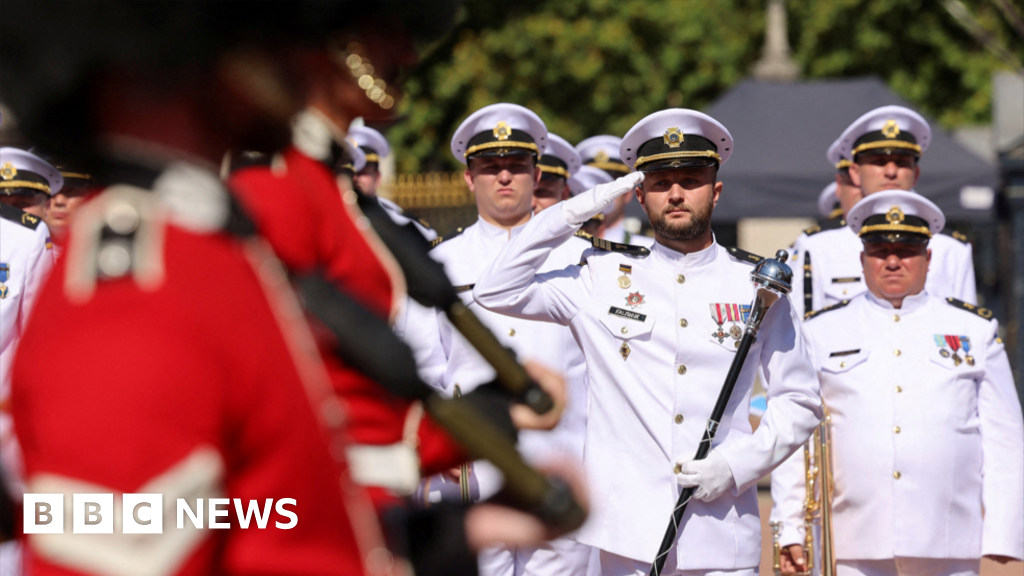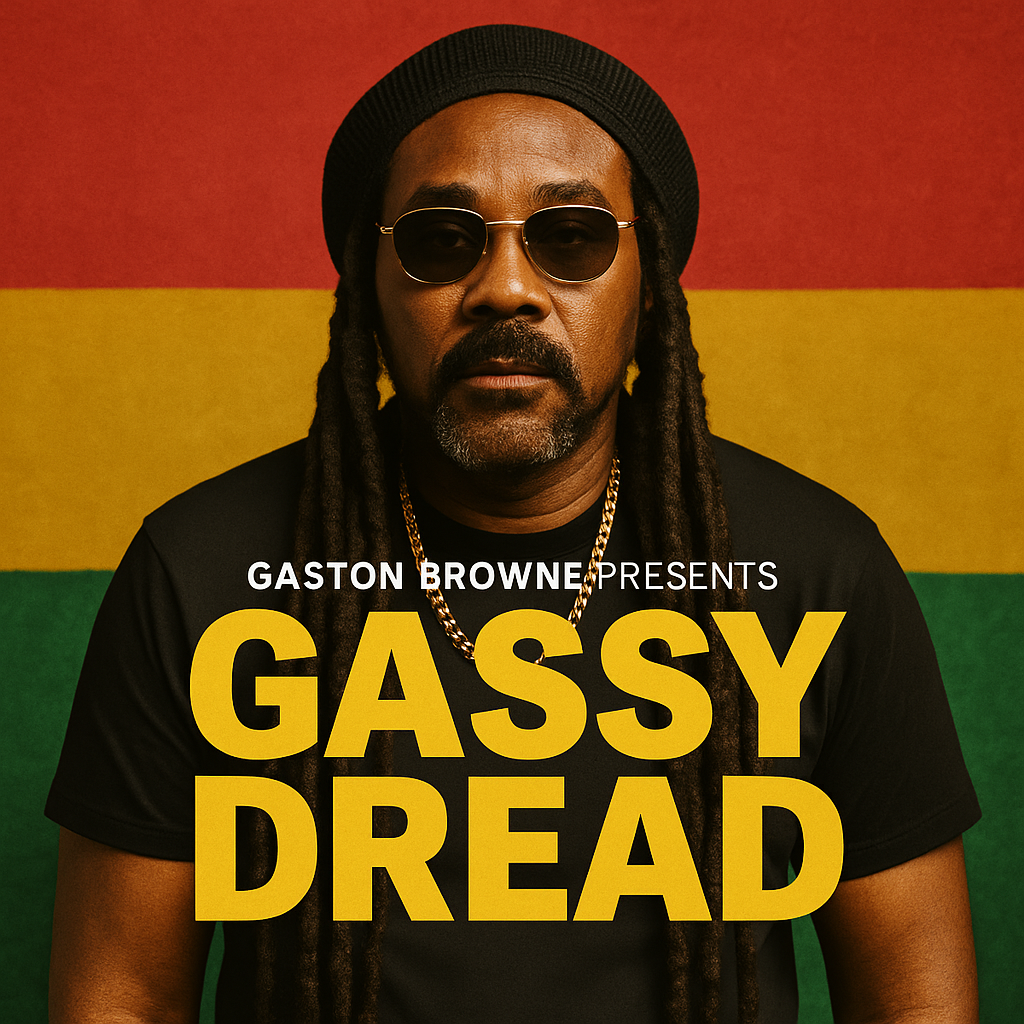When it comes to winning the Eurovision Song Contest, understanding the nuances that captivate audiences is key. With its position as the most widely viewed cultural event globally, the stakes are high. Is there a formula for success? Should contenders sway to an upbeat disco inspired by past wars, or perhaps draw from heartfelt pop ballads in French? An examination of every winning performance dating back to 2000 reveals some undisputed strategies for crafting a compelling Eurovision entry.
**Step 1: Embrace Personal Empowerment Themes**
Tracks that resonate with messages of self-discovery and personal freedom can have significant impact. Take, for instance, Austria’s Conchita Wurst with her 2014 triumphant anthem “Rise Like a Phoenix.” The song’s core message of reclaiming strength after struggles embodies this empowering narrative, making it relatable and inspiring to audiences.
**Step 2: Create Visual Spectacles**
While the musical composition is crucial, the visual presentation can be equally influential. Dynamic stage performances, stunning costumes, and innovative choreography are essential in capturing viewers' attention. Teams should focus on a creative concept that complements the song and elevates the performance itself.
**Step 3: Balance Emotional and Energetic Delivery**
Songs that transition seamlessly between emotional intensity and high-energy moments tend to catch the audience's interest. Potential winners should aim for crescendos that evoke strong feelings, followed by exhilarating climaxes that encourage participation.
**Step 4: Stick to Memorable Melodies**
Catchy hooks and sing-along choruses play a vital role in ensuring that audiences remember the song after the performance. A well-constructed melody that sticks in listeners’ minds is essential in a competition where only a few minutes can determine success.
**Step 5: Leverage Cultural Influences**
Entries that infuse local cultural elements often resonate more significantly with both the jury and the audience. Integrating traditional instruments or regional melodies can provide a unique flavor, appealing to the contest's celebration of diversity.
**Step 6: Avoid Overcomplicated Transitions**
Despite the urge to showcase complex music compositions, simplicity is often key in keeping the audience engaged. Too many changes in tempo or key can lead to confusion and distract from the core message of the song.
**Step 7: Connect with the Audience**
Lastly, establishing a connection with the audience is paramount. Performers should engage with viewers not just through music but also through heartfelt delivery and genuine stage presence. Opportunities to interact during performances can create memorable moments that linger long after the event concludes.
In summary, succeeding at Eurovision requires a blend of empowering themes, captivating visuals, and relatable connection to the audience. By following these strategic steps, aspiring contestants could find their path leading them toward victory on the grandest of musical stages.
**Step 1: Embrace Personal Empowerment Themes**
Tracks that resonate with messages of self-discovery and personal freedom can have significant impact. Take, for instance, Austria’s Conchita Wurst with her 2014 triumphant anthem “Rise Like a Phoenix.” The song’s core message of reclaiming strength after struggles embodies this empowering narrative, making it relatable and inspiring to audiences.
**Step 2: Create Visual Spectacles**
While the musical composition is crucial, the visual presentation can be equally influential. Dynamic stage performances, stunning costumes, and innovative choreography are essential in capturing viewers' attention. Teams should focus on a creative concept that complements the song and elevates the performance itself.
**Step 3: Balance Emotional and Energetic Delivery**
Songs that transition seamlessly between emotional intensity and high-energy moments tend to catch the audience's interest. Potential winners should aim for crescendos that evoke strong feelings, followed by exhilarating climaxes that encourage participation.
**Step 4: Stick to Memorable Melodies**
Catchy hooks and sing-along choruses play a vital role in ensuring that audiences remember the song after the performance. A well-constructed melody that sticks in listeners’ minds is essential in a competition where only a few minutes can determine success.
**Step 5: Leverage Cultural Influences**
Entries that infuse local cultural elements often resonate more significantly with both the jury and the audience. Integrating traditional instruments or regional melodies can provide a unique flavor, appealing to the contest's celebration of diversity.
**Step 6: Avoid Overcomplicated Transitions**
Despite the urge to showcase complex music compositions, simplicity is often key in keeping the audience engaged. Too many changes in tempo or key can lead to confusion and distract from the core message of the song.
**Step 7: Connect with the Audience**
Lastly, establishing a connection with the audience is paramount. Performers should engage with viewers not just through music but also through heartfelt delivery and genuine stage presence. Opportunities to interact during performances can create memorable moments that linger long after the event concludes.
In summary, succeeding at Eurovision requires a blend of empowering themes, captivating visuals, and relatable connection to the audience. By following these strategic steps, aspiring contestants could find their path leading them toward victory on the grandest of musical stages.






















